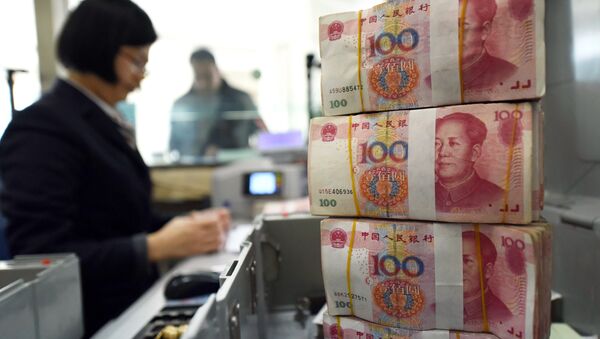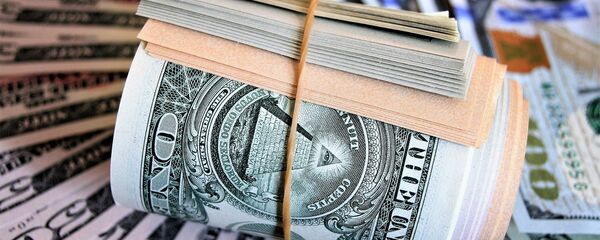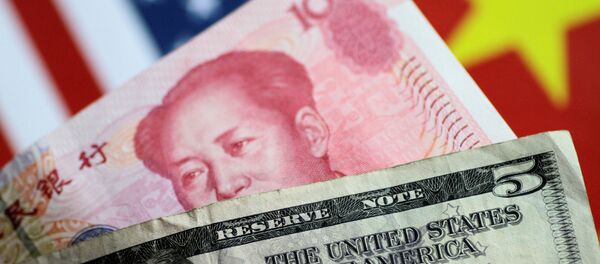Kristian Rouz — The People's Bank of China (PBOC) says its limited accommodative policies provided some support to the economy last month, even though overall lending activity slowed due to the lingering uncertainty over trade with the US. However, the PBOC has reaffirmed its commitment to possibly cutting its benchmark interest rates should the ongoing trade talks fall apart.
According to a PBOC report Sunday, Chinese commercial banks issued some 885.8 billion renminbi ($131.78 billion) in net new loans to the nation's enterprises in February. This marks a substantial decline from the record-setting 3.23 trillion renminbi ($480 billion) in new loans issued the previous month.
Meanwhile, Chinese government officials have kept pressure on commercial banks to support business activity in the country by issuing new loans. The push is partially motivated by Beijing's intent to further reduce the role of so-called "shadow banking" in China, which has fallen over the past year, but still plays a prominent role — and poses risks to economic stability.
For its part, the PBOC said it could cut its base interest rates to spur lending and, consequently, business activity, in the country.
READ MORE: China Worries AI Development Could Lead to War Between Nations — Report
"We cannot rule out a rate cut, but we still need to watch economic data for a few months", an anonymous PBOC source said, according to Reuters. "There is no sufficient reason for cutting benchmark rates if we look at the huge amount of new loans in January".
But now that the situation changed in February, a possible reduction in the PBOC's base borrowing costs has been deemed more likely.
TSF includes loans that fall outside of conventional lending practices, and are effectively an official substitute for "shadow banking". These include trust company loans, bonds sales, and initial public offerings (IPOs) by Chinese companies, mostly, in the private-sector.
The rise in TSF also suggests a likely reduction in risks to macroeconomic stability, albeit some experts say TSF and "shadow banking" aren't necessarily mutually-exclusive. Some reports have claimed Chinese companies are exploring every possible opportunity to raise cash amid the ongoing drop in exports, disruptions in international trade, and a slowdown in domestic demand.
The government in Beijing, for its part, has welcomed the expansion in official lending regardless, hoping it will spur the nation's GDP growth, and reduce the risks related to semi-official and black market borrowing.
READ MORE: Finance Expert on How France & Italy May Bring Down European Community, Euro
"China has been encouraging credit supply", Ding Shuang of Standard Chartered Ltd. for Greater China & North Asia said. "The authorities have been tackling the supply side of the credit, and more proactive fiscal policies will help on the demand side".
Additionally, experts have also praised the increased transparency at the PBOC, saying its more open communication with market participants will enhance the predictability of policy moves, contributing to overall economic sustainability.
"China's central bank is becoming more communicative. But the real revolution in Beijing concerns exchange-rate policy, with the PBOC increasingly allowing market forces to determine the renminbi's value. Both developments are welcome", Miao Yanliang of Beijing-based think tank China Finance 40 said.
China's central bank cut its RRRs five times last year, and more decreases are expected in 2019. A cut to base interest rates, however, is only deemed likely is case of a major shock to the Chinese economy, such as a sharp increase in US tariffs, a global recession, or a steep decline in Chinese exports due to other reasons.







